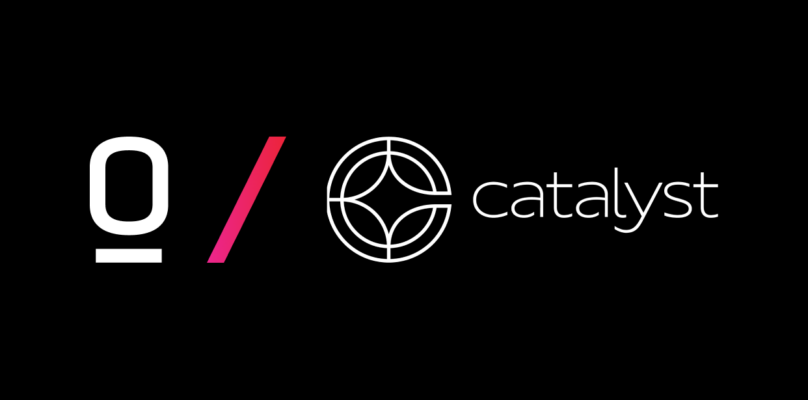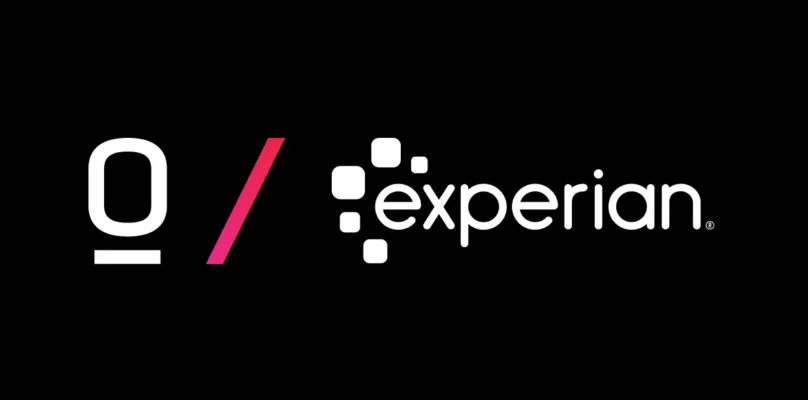81% growth in direct auto loans with Origence arc OS

Since it implemented the Origence OS (previously Lending 360) loan origination platform, Tucson Federal Credit Union has enjoyed a significant surge in its lending volume. Most notably, its direct auto loan portfolio jumped from $92 million in 2016 to more than $166.5 million as of July 2022.
Tucson Federal Credit Union began in 1937 as a financial cooperative created to serve school employees and their families in Tucson, Arizona. Today, Tucson FCU is a community-charted credit union with $670 million in assets and the ability to offer membership to almost anyone in fast-growing Pima County.
A few years after converting to a community charter, Ashley Kemp, the credit union’s vice president of lending and collections, said there was a strategic focus on growing the credit union’s loan portfolio, particularly for online applications.
“We knew that to grow our loans, be more efficient, and provide a seamless web solution, we needed to explore other solutions,” Kemp recalled. “Shortly after, we learned that our existing LOS solution was being sun-setted, which expedited our search.”
“We also understood the business need to find a solution that was scalable over time, so we could grow loan volume without growing our number of full-time employees.”
Ashley Kemp
Vice President of Lending and Collections, Tucson FCU
Finding the right LOS to drive growth and a digital experience
Tucson FCU wanted an LOS solution that would allow the lending team to originate, underwrite, and fund loans at a higher volume without needing to hire additional employees. In addition, it sought to create efficiencies by eliminating errors with the input of loan application information, whether it be taking the application in person or via the web.
Kemp noted the origination system the credit union chose would need to provide automation and instant decisioning elements. Additionally, connecting with vendors like DocuSign, Kelly Blue Book, and our archival system would be a factor.
“We also understood the business need to find a solution that was scalable over time, so we could grow loan volume without growing our number of full-time employees,” she explained. “This meant that auto decisioning was a must-have. The benefit over time has been the achievement of those goals, while simultaneously improving our response time and the member experience.”
Tucson FCU followed its standard practice of considering a minimum of three potential solutions before management made the final decision. Kemp said there were a number of reasons that led to the choice of Origence’s loan origination platform.
“There were two primary drivers to arrive at our LOS decision. The first was broad-scale functionality and seamless integration with our core system,” she said. “The new system needed to have auto decisioning, scalability and an online application. Inside of that functionality, the product needed to offer enhancement options as it matured.”
The second consideration, Kemp continued, was the cost of the solution. The key question was: would the product provide a reasonable ROI while providing an enhanced member and employee experience?
“On both counts, Origence arc OS proved superior,” Kemp noted.

“There were two primary drivers to arrive at our LOS decision. The first was broad-scale functionality and seamless integration with our core system… The second consideration was the cost of the solution … On both counts, Origence arc OS proved superior.”
Ashley Kemp
Vice President of Lending and Collections, Tucson FCU
The CUSO difference
Tucson Federal Credit Union implemented the new system in February 2015. The fact that the LOS is offered by a CUSO immediately helped to alleviate any expected or unexpected hurdles from developing. “The synergy between a CUSO and a credit union client cannot be overstated, and our relationship with Origence is a solid example of how this relationship can thrive over time,” noted Kemp.
Since going live with Origence’s LOS seven years ago, Tucson FCU has grown its loan portfolio by more than $221 million while reducing dedicated underwriting staff. Over the same period of time, the credit union has experienced an 81 percent increase in its direct auto loan portfolio. She added some of the key factors supporting the credit union’s consumer lending success include the system’s automated decisioning model and the ability for ongoing modifications to the matrices when data indicates decreased effectiveness.
The credit union’s average automated decisioning rate was 44.8% of direct loan applications and 26% of indirect applications in 2016. Through the first seven months of 2022, the average rate has increased to 58% of direct applications and 49 percent of indirect applications.
“Prior to implementing Origence arc OS, we did not have a robust auto decisioning platform,” Kemp noted. “Adding the increased level of efficiency provides our underwriters time for an in-depth consultation with members whose loans need some additional information before approval.”
This approach, in which technology creates time and opportunity for member engagement and consultation, fits well with Tucson Federal Credit Union’s service delivery expectations.
Tucson FCU performed its implementation of Origence arc OS with stakeholders from both the credit union and Origence gathered at the credit union’s headquarters. Kemp happily noted they were able to soft launch the system with very few challenges or interruptions.
“Training was seamless, and we were able to create workarounds when necessary,” she said. “We implemented Origence arc OS strategically in a controlled environment, which allowed us to test without significantly impacting the membership.”
Kemp credited “strong” communication between Origence and the credit union for the success of the LOS from implementation day until today. She noted after seven years of partnership, the continuity of the credit union’s staff working with many of the same people at Origence has allowed everyone at Tucson Federal to feel completely comfortable reaching out if there are any questions or concerns regarding the system.
As a result of this teamwork, Kemp said Tucson Federal’s expectations of Origence arc OS were surpassed once it launched auto decisioning and learned to trust the process. She said creating decisioning rules and refining them over time has impacted the credit union’s loan volume tremendously.
“We have taken advantage of optimization opportunities with the LOS and continue to evaluate and enhance the system over time,” she concluded.
The expectations that have been surpassed and the growth that Tucson FCU has experienced exemplifies the role that the right LOS plays in improving lending programs.

Get in touch with Origence.
Discover how Origence arc OS can take your lending to a new level.












